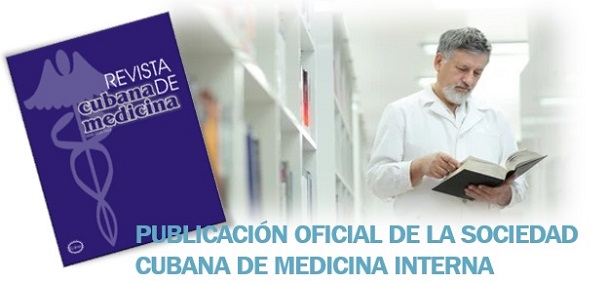Over the past 70 years, randomized, controlled trials (RCTs) have reshaped medical knowledge and practice. Popularized by mid-20th-century clinical researchers and statisticians aiming to reduce bias and enhance the accuracy of clinical experimentation, RCTs have often functioned well in that role. Yet the past seven decades also bear witness to many limitations of this new “gold standard.” The scientific and political history of RCTs offers lessons regarding the complexity of medicine and disease and the economic and political forces that shape the production and circulation of medical knowledge.
Citado: Bothwell LE, Greene JA, Podolsky SH, Jones DS. Assessing the Gold Standard– Lessons from the History of RCTs. N Engl J Med [Internet]. 2016 [citado 7 Nov 2017];374(22).



















DE NUESTROS LECTORES